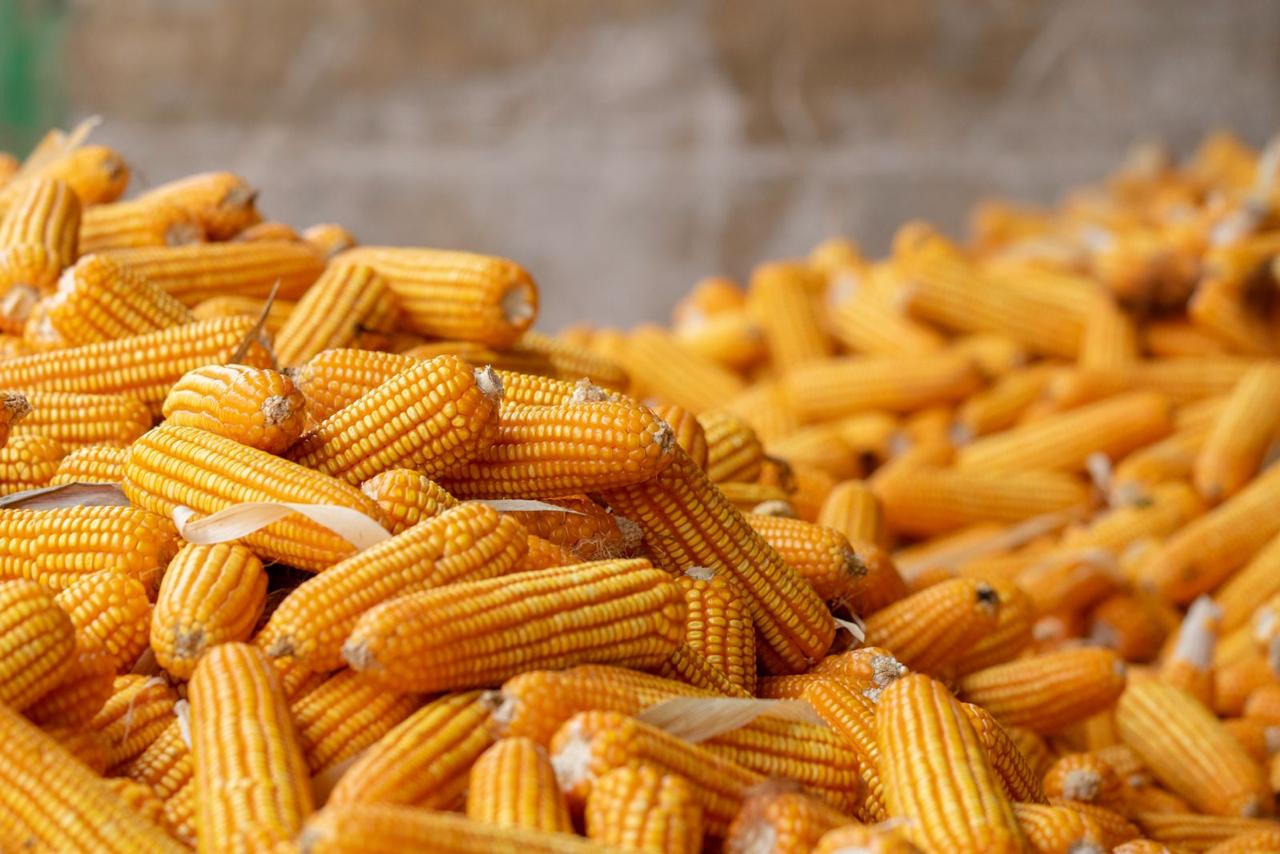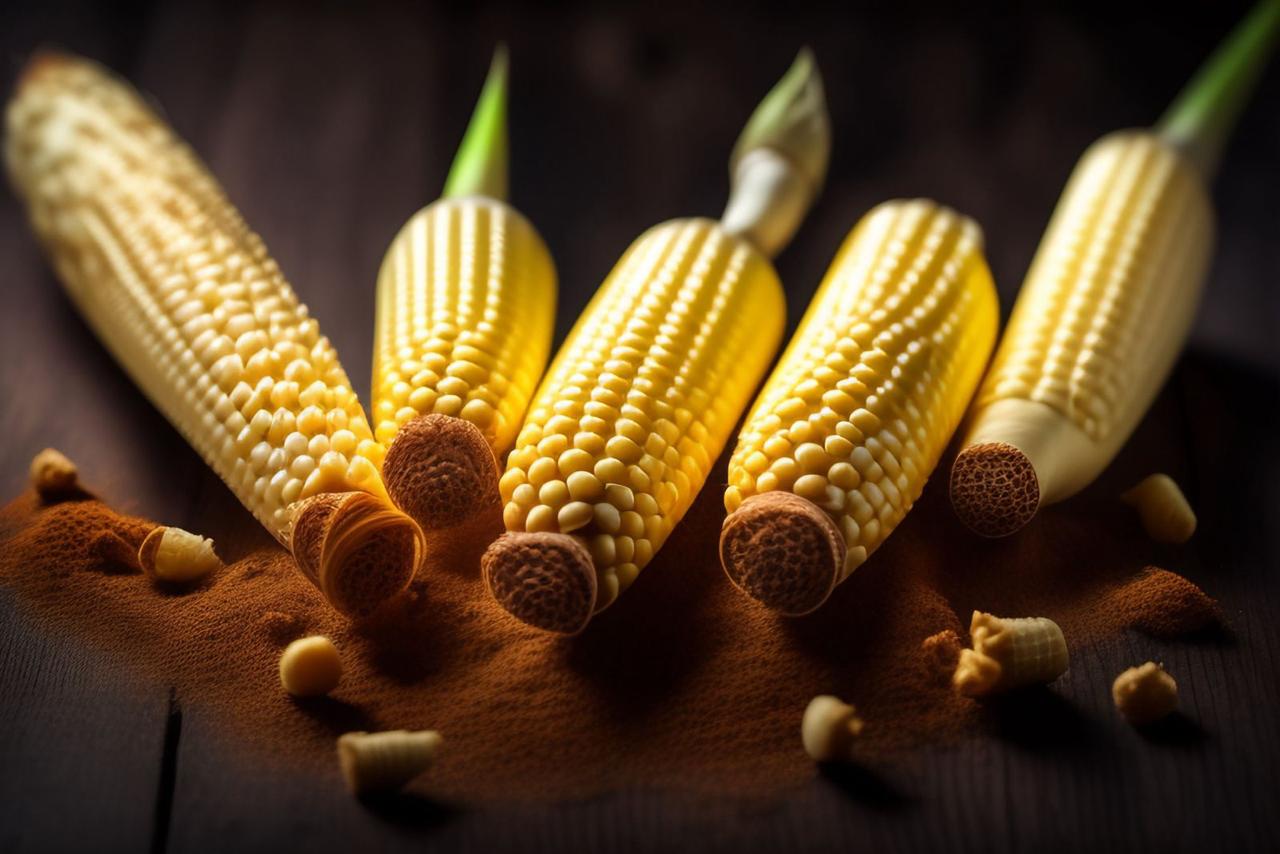NEW DELHI: To enhance agricultural trade with the United States, India’s government think tank, NITI Aayog, has recommended lowering tariffs on the import of agricultural products such as genetically modified (GM) soybeans and corn from the U.S., while simultaneously protecting sensitive sectors like poultry and dairy.
Currently, GM food crops are banned in India and remain under judicial scrutiny.
A working paper prepared by NITI Aayog member Ramesh Chand also advocates opening the Indian market to specific agricultural products that do not face direct competition from local producers, such as pistachios, almonds, and off-season apples, which do not impact domestic production.
The paper notes that India has traditionally maintained a surplus in agricultural trade with the U.S. In the coming years, India will need to expand its market access to increase its exports.
To achieve this, India should strategically open up to U.S. imports to maximise its export gains. The ongoing negotiations between the two countries for a bilateral trade accord are seen as the best opportunity to reset a long-term trade relationship.
The paper suggests that India must undertake medium-term structural reforms to enhance the global competitiveness of its agricultural sector.
These reforms should include the adoption of appropriate technologies, improvements in logistics, the development of competitive value chains, liberalisation of private sector participation, and encouraging states to implement agricultural reforms.
It highlights the significant yield gaps in soybean and maize crops due to a lack of access to advanced technology. For instance, India’s average soybean yield has remained around 1 tonne per hectare for a long time, compared to 3.4 tonnes per hectare in the U.S. Similarly, maize yield in India is 3.5 tonnes per hectare, compared to 11.1 tonnes per hectare in the U.S.
“These disparities indicate clear opportunities for improvement,” states the paper.
The paper suggests that India could import GM maize for ethanol blending, while the residual could be exported as animal feed. Additionally, India could consider lowering tariffs on agricultural commodities where domestic production is minimal or where imports do not directly compete with local products due to differences in quality grades and seasons.
For example, U.S. apples command a premium price in Indian retail markets due to their quality, long shelf life, and off-season availability. Adjusting tariffs on these products moderately may not adversely affect domestic produce.
To achieve this, India could recalibrate concessions on apples while accommodating lower tariff demands on almonds and pistachios.
In the meantime, the paper argues for the protection of sensitive sectors like dairy and poultry through bilateral trade negotiations by providing leeway for other products like maize and soybeans.















